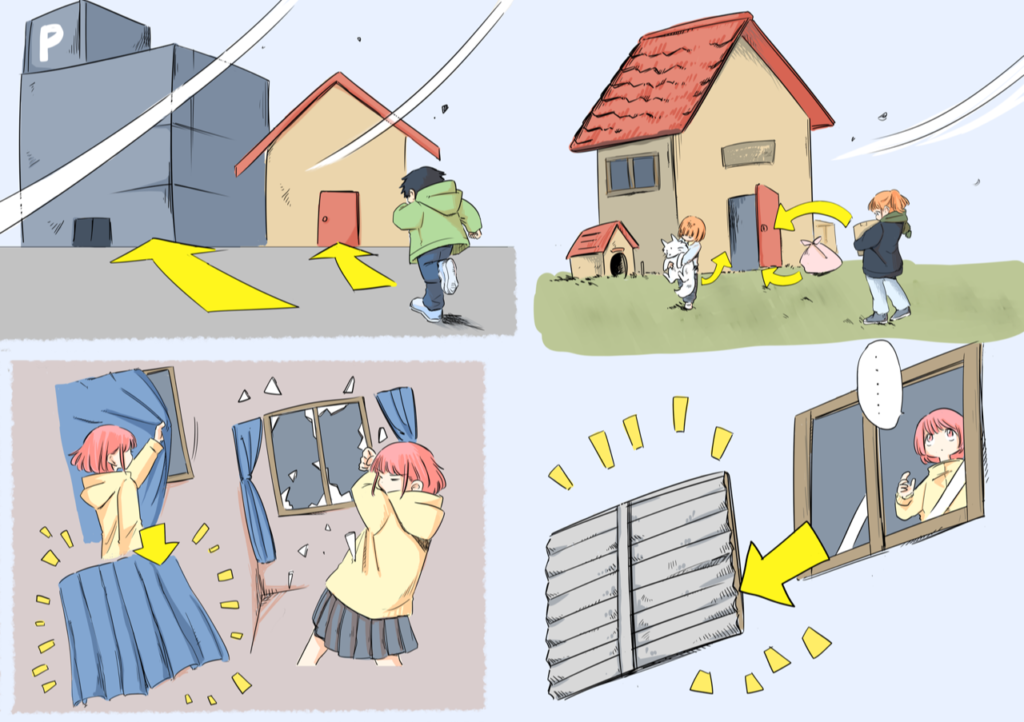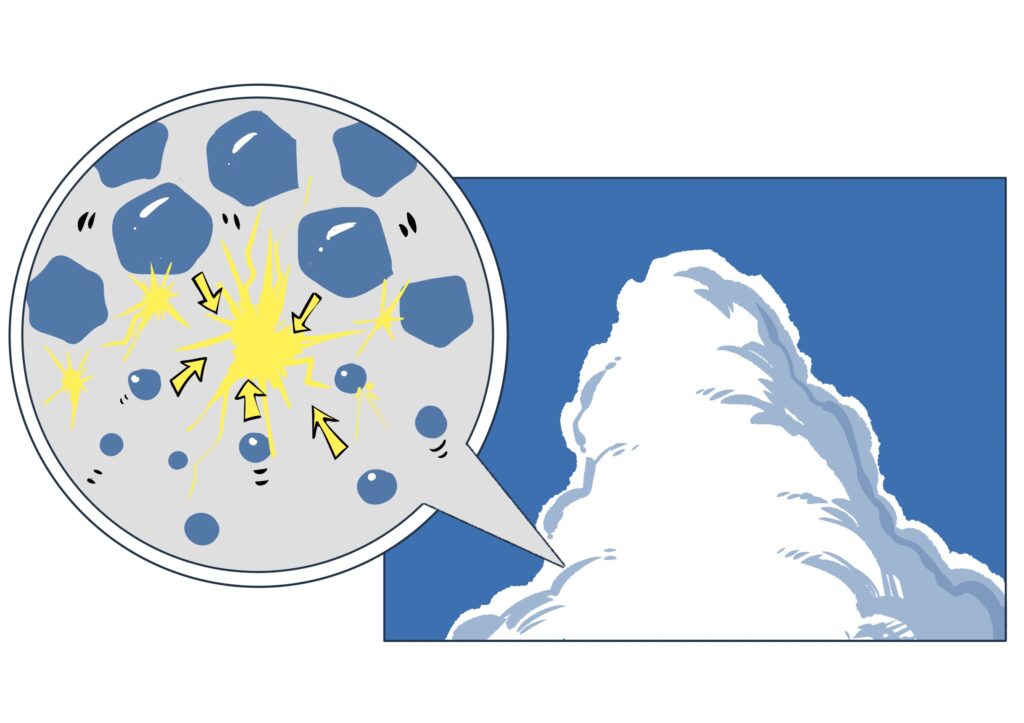1. When stay at home
Pay attention to the weather forecast in advance and take precautions in time, such as fixing breakable objects outside the house, fixing windows with tape and other props, drawing curtains, and staying away from rooms with glass.
Prevent water and mud from flowing into your home stacking bags of soil at the entrance, inserting waterproof boards at the entrance, checking the drainage openings of kitchens, toilets and washrooms, or blocking bags with water to prevent blockage mud, garbage, etc., or to prevent backflow into the house.
2. When going to an evacuation site
Wear a raincoat when you go out to prevent your body temperature from dropping when you get wet, bring clothes that can be changed at any time and put them in a waterproof backpack, carry emergency items of minimum weight, and preferably put your valuables in a waterproof bag. It is best to wear sneakers, rain shoes that are not easy to get into the water, in case they become heavy and inconvenient to move. It is best to stay away from underground, fires, and routes near rivers, and to avoid places that may be dangerous to get to the evacuation site quickly.

 Thunder is produced mainly within cumulonimbus clouds. Cumulonimbus clouds contain very small ice particles and relatively large hail. When they collide, the small ice particles are electrified positive ions and the hailstones are electrified negative ions.
Thunder is produced mainly within cumulonimbus clouds. Cumulonimbus clouds contain very small ice particles and relatively large hail. When they collide, the small ice particles are electrified positive ions and the hailstones are electrified negative ions.
